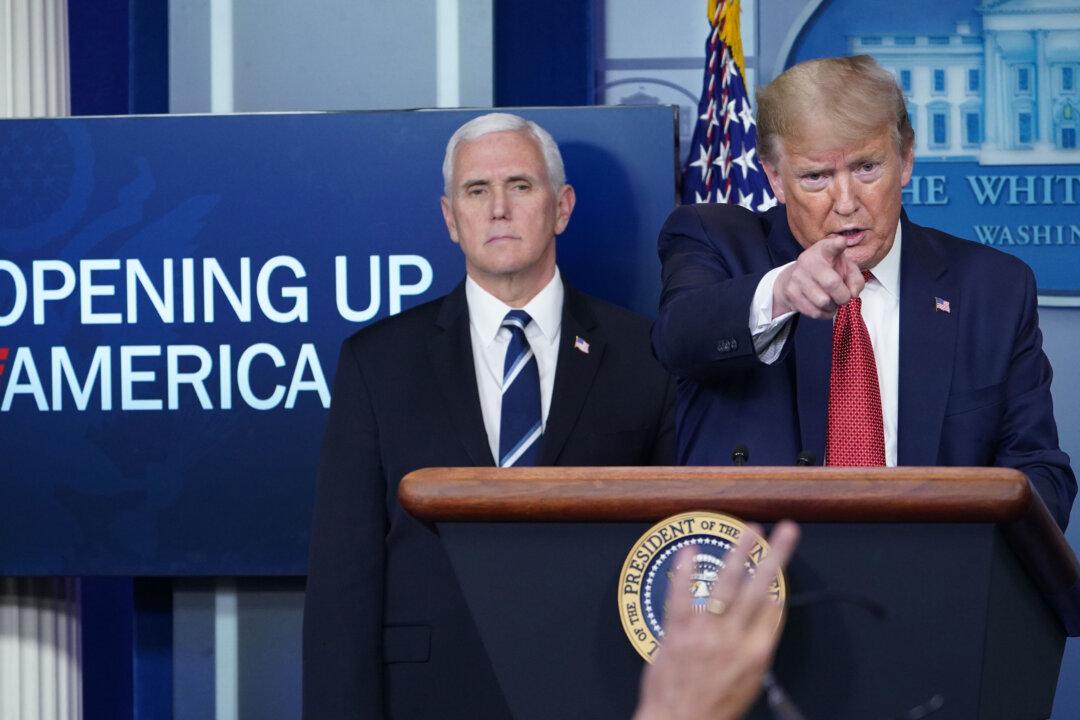The White House unveiled 3-phase guidelines on Thursday afternoon for governors to reopen their states.
President Donald Trump announced the plan during the White House Coronavirus Task Force press briefing.


The White House unveiled 3-phase guidelines on Thursday afternoon for governors to reopen their states.
President Donald Trump announced the plan during the White House Coronavirus Task Force press briefing.